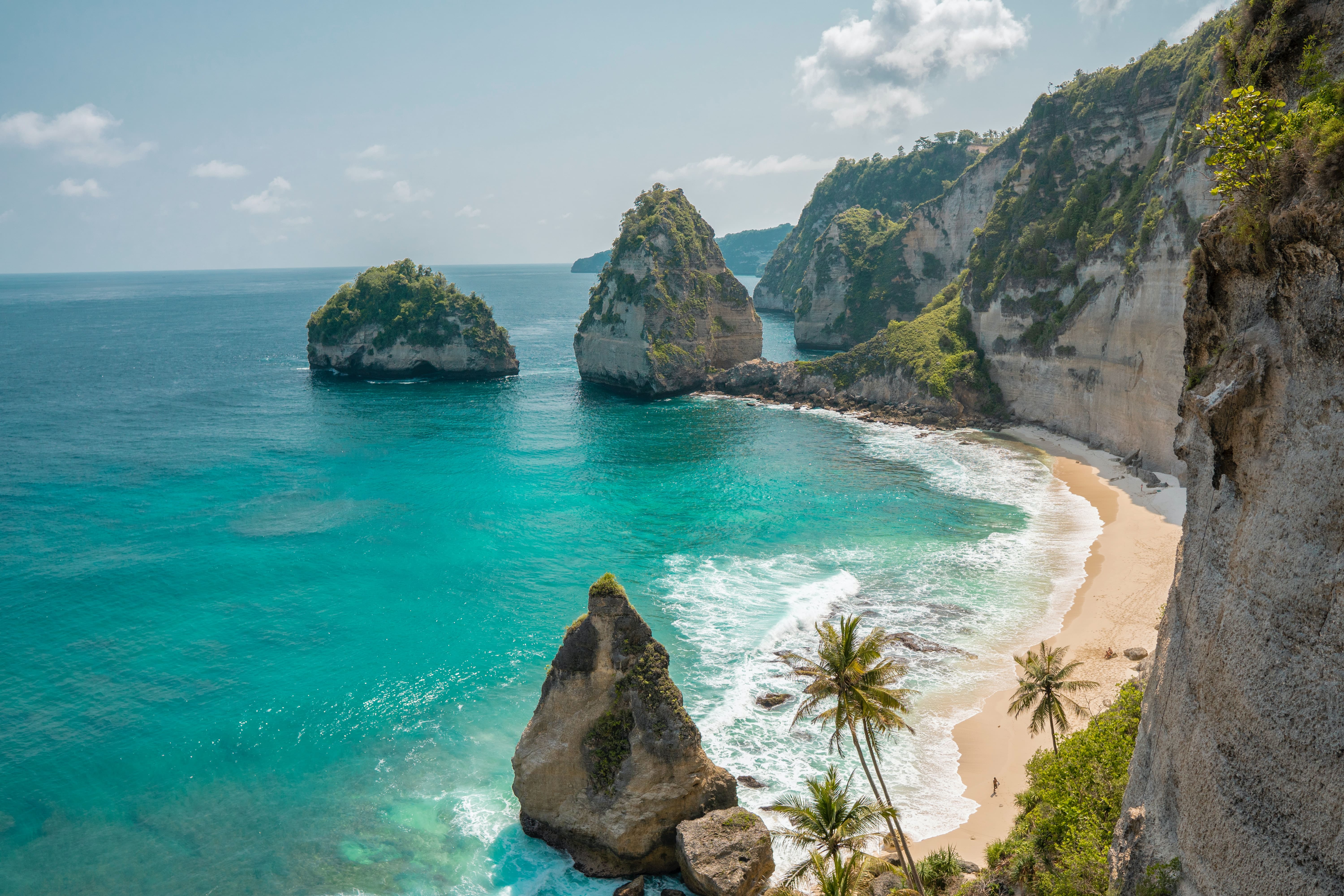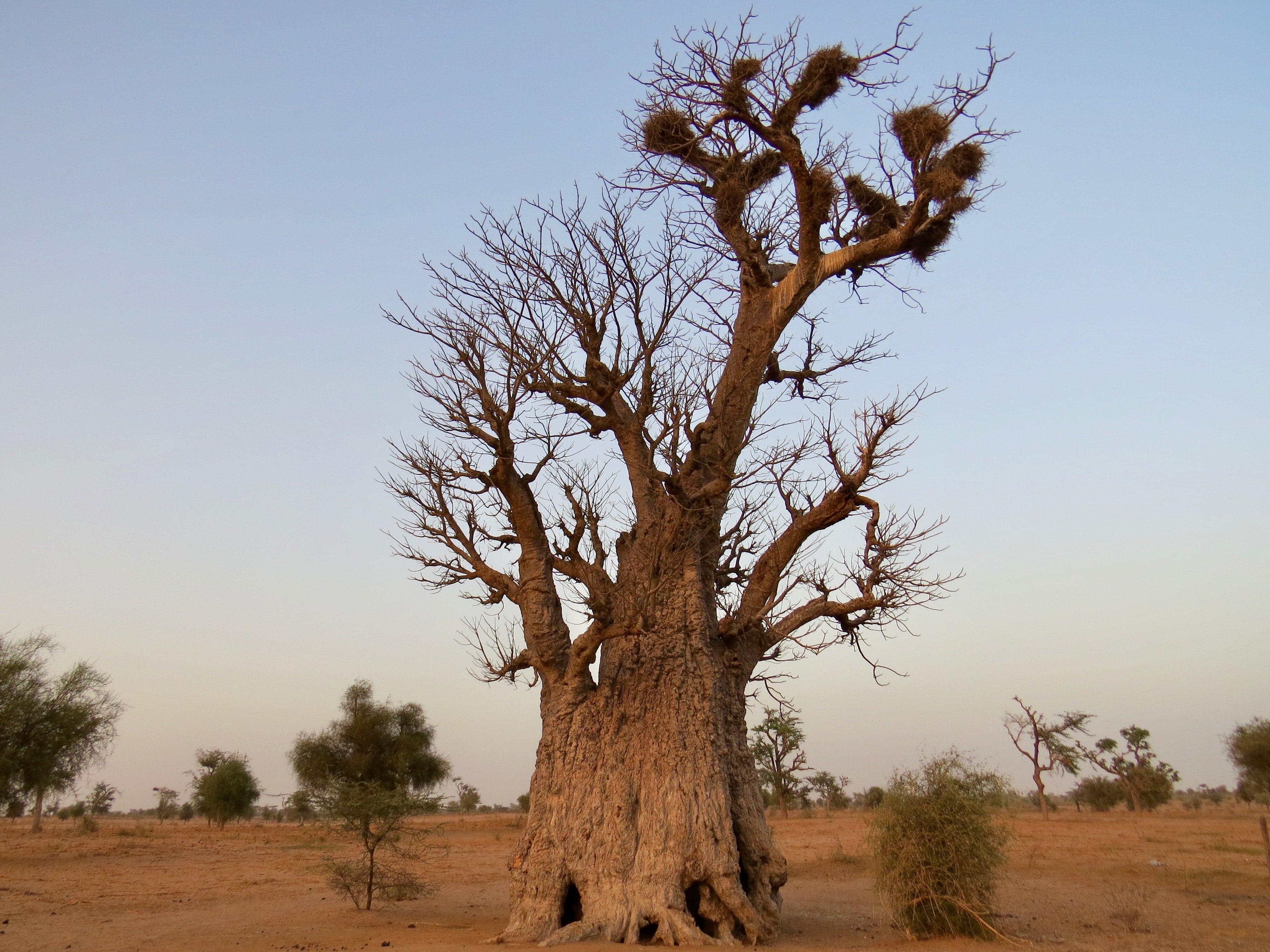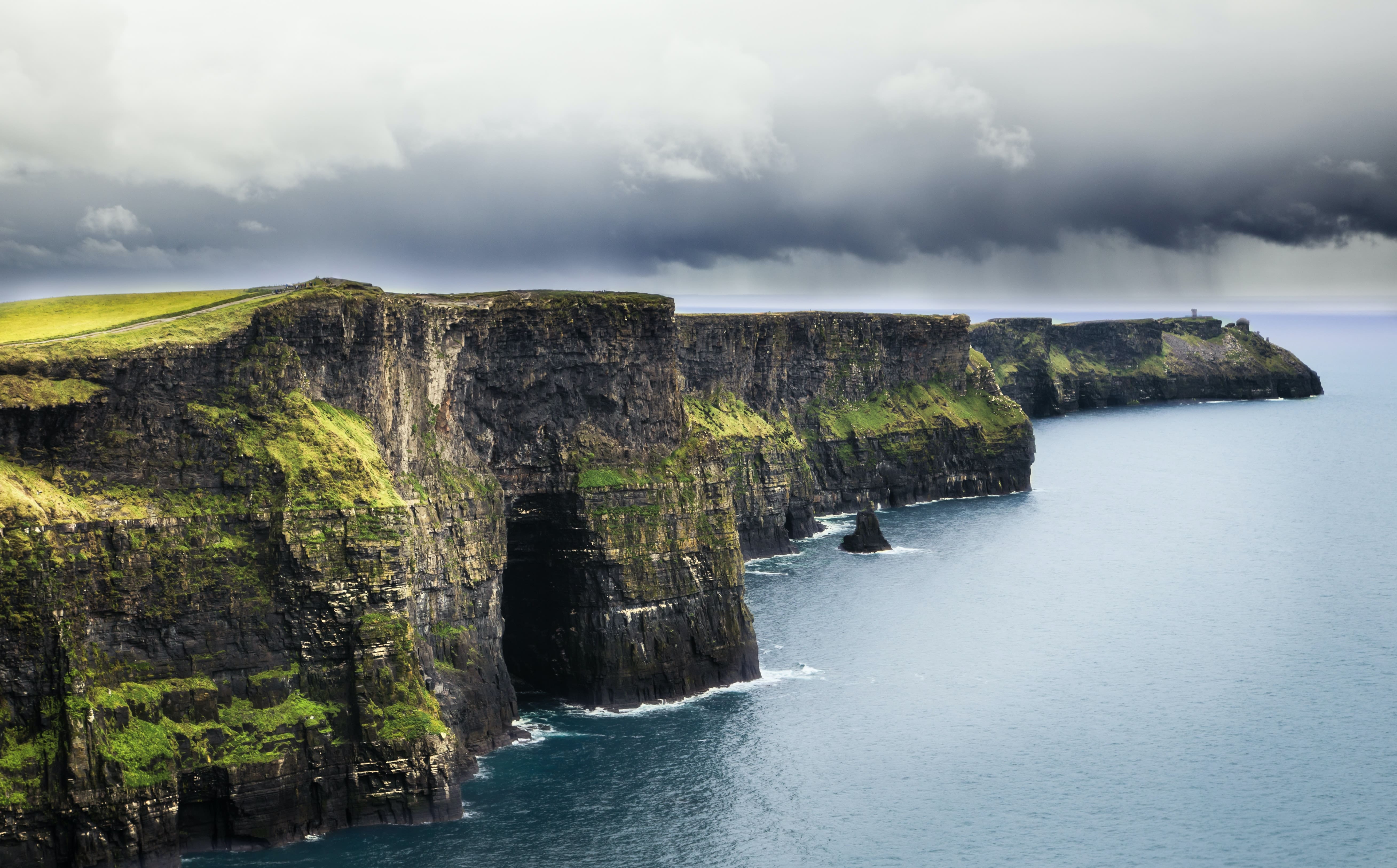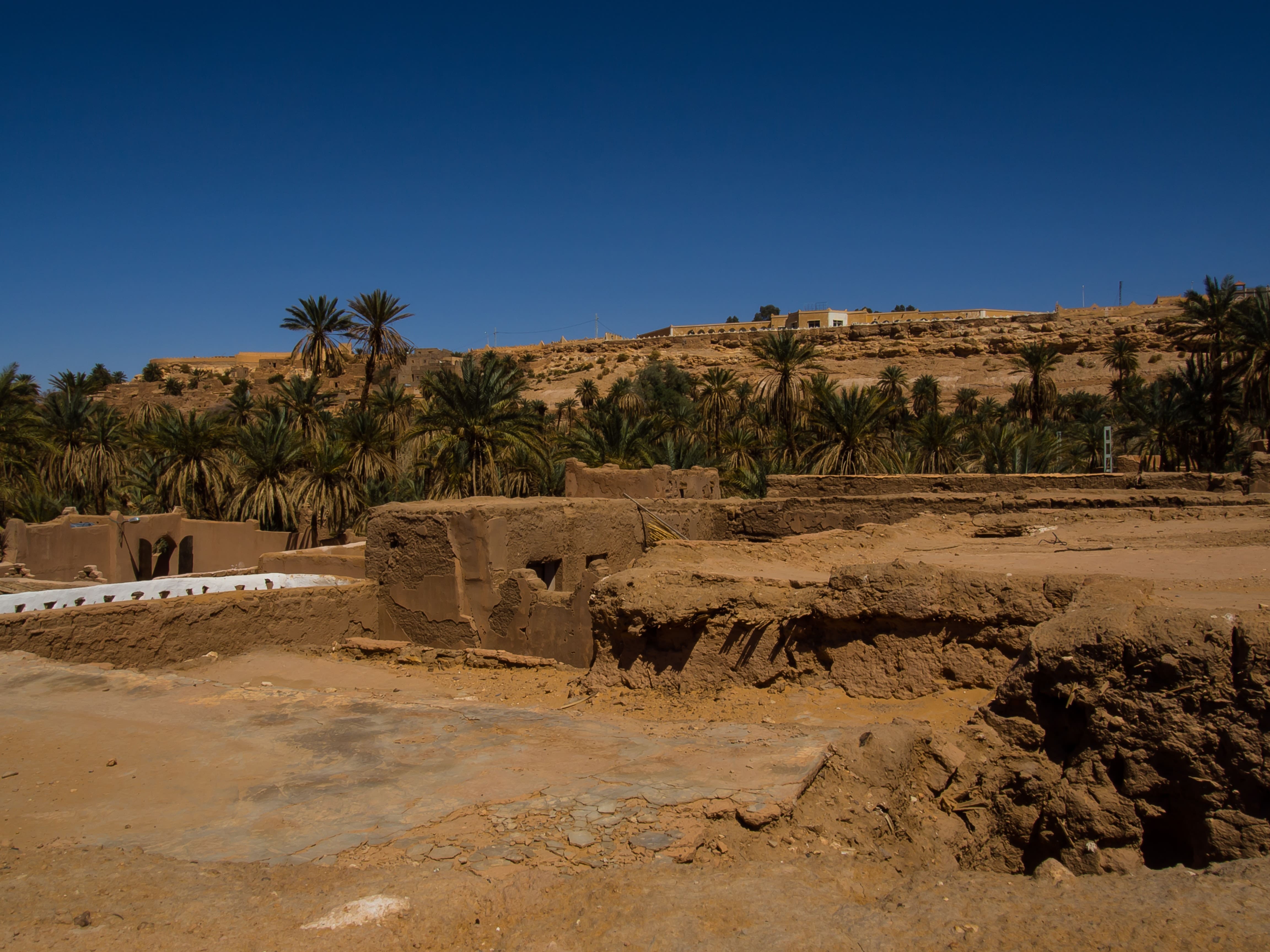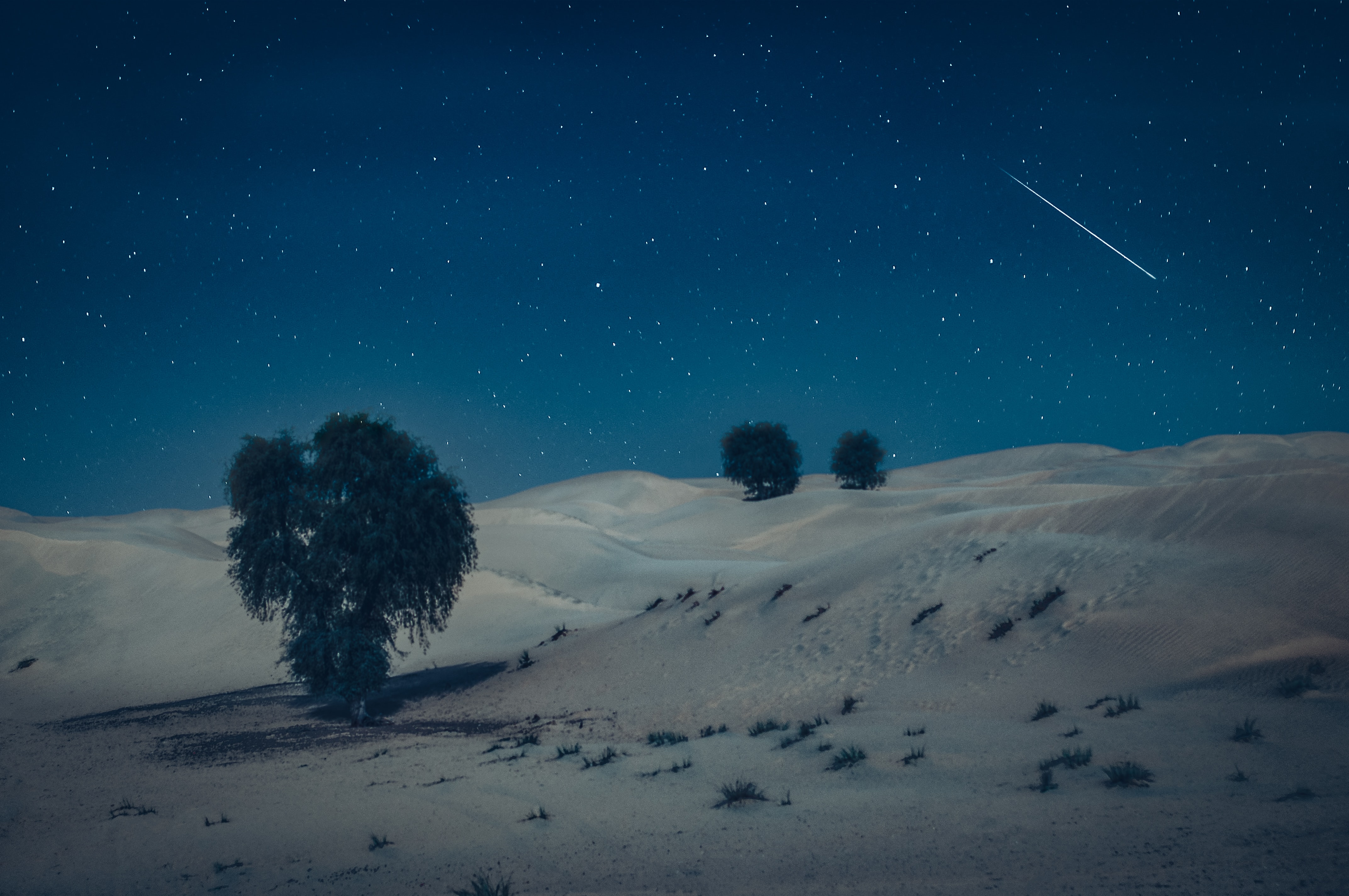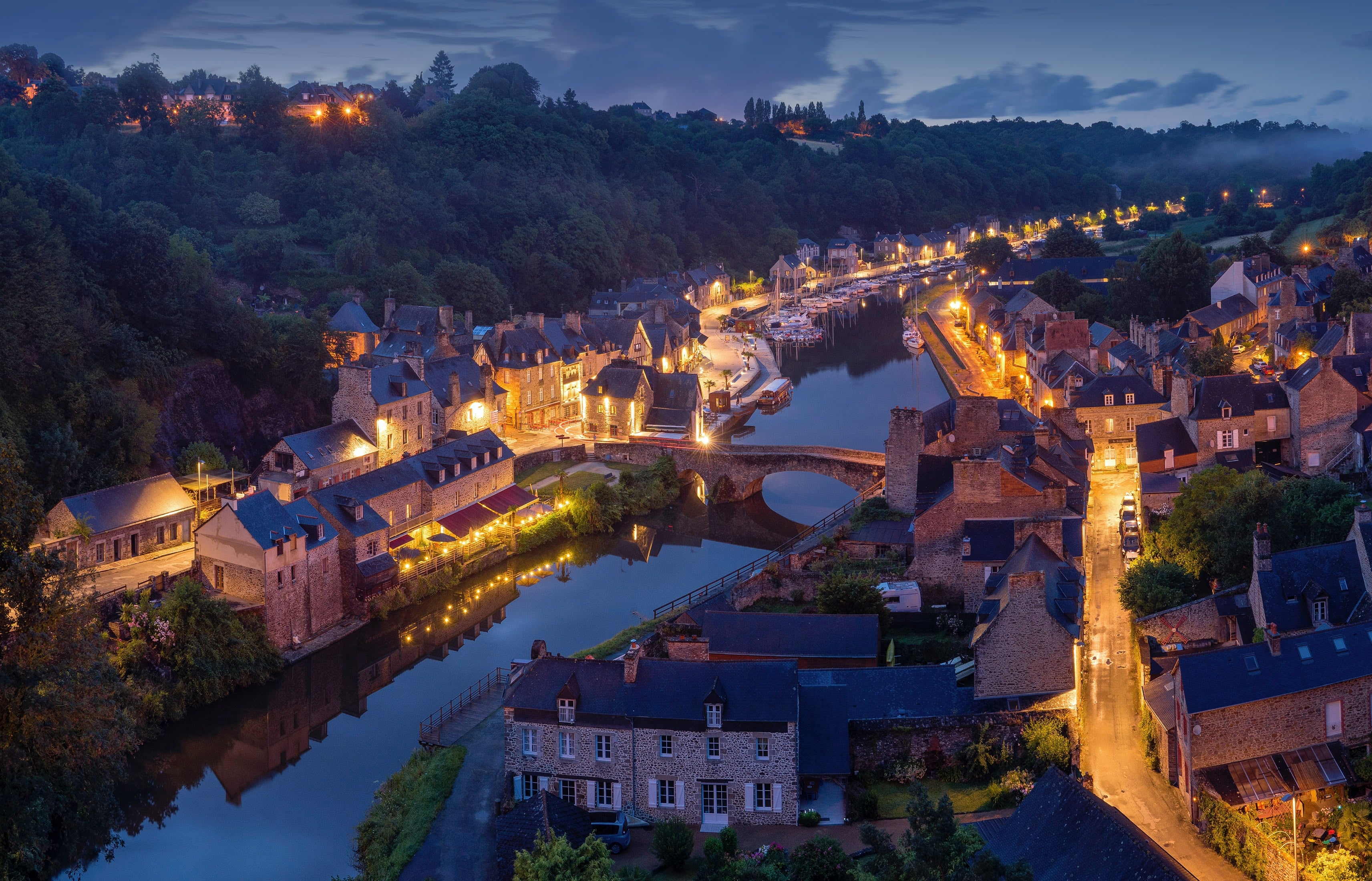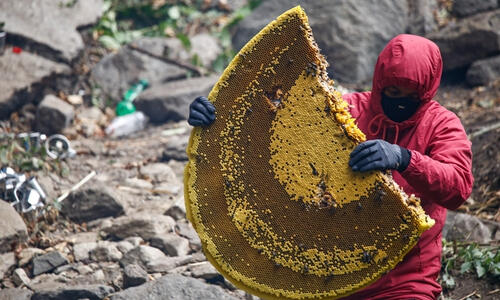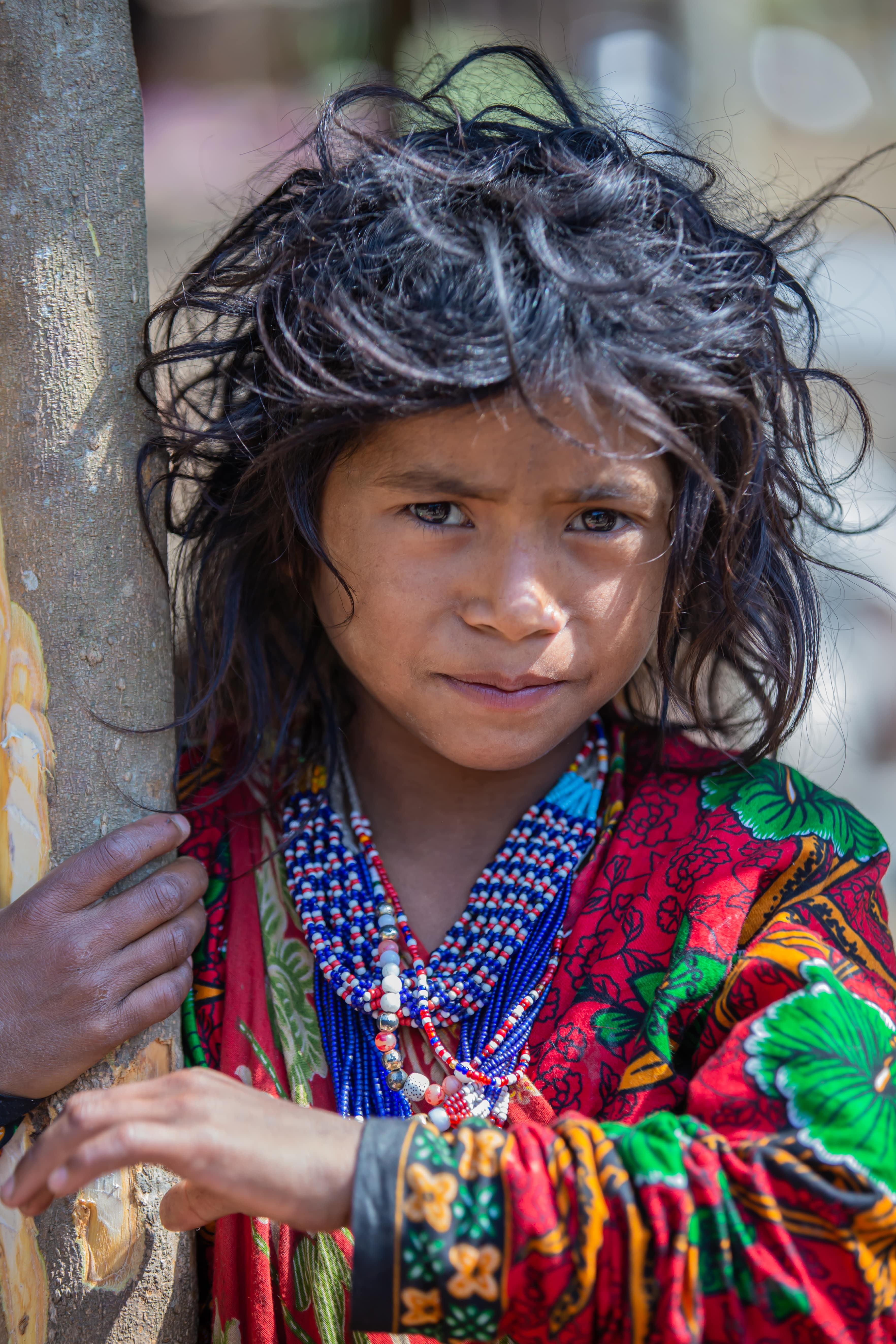We are an Eco-Cultural Tourism network, designed and promoted by nomadic communities. Hospitality is central to our culture and we look forward to you walking along with us and experiencing life with us!
Read More →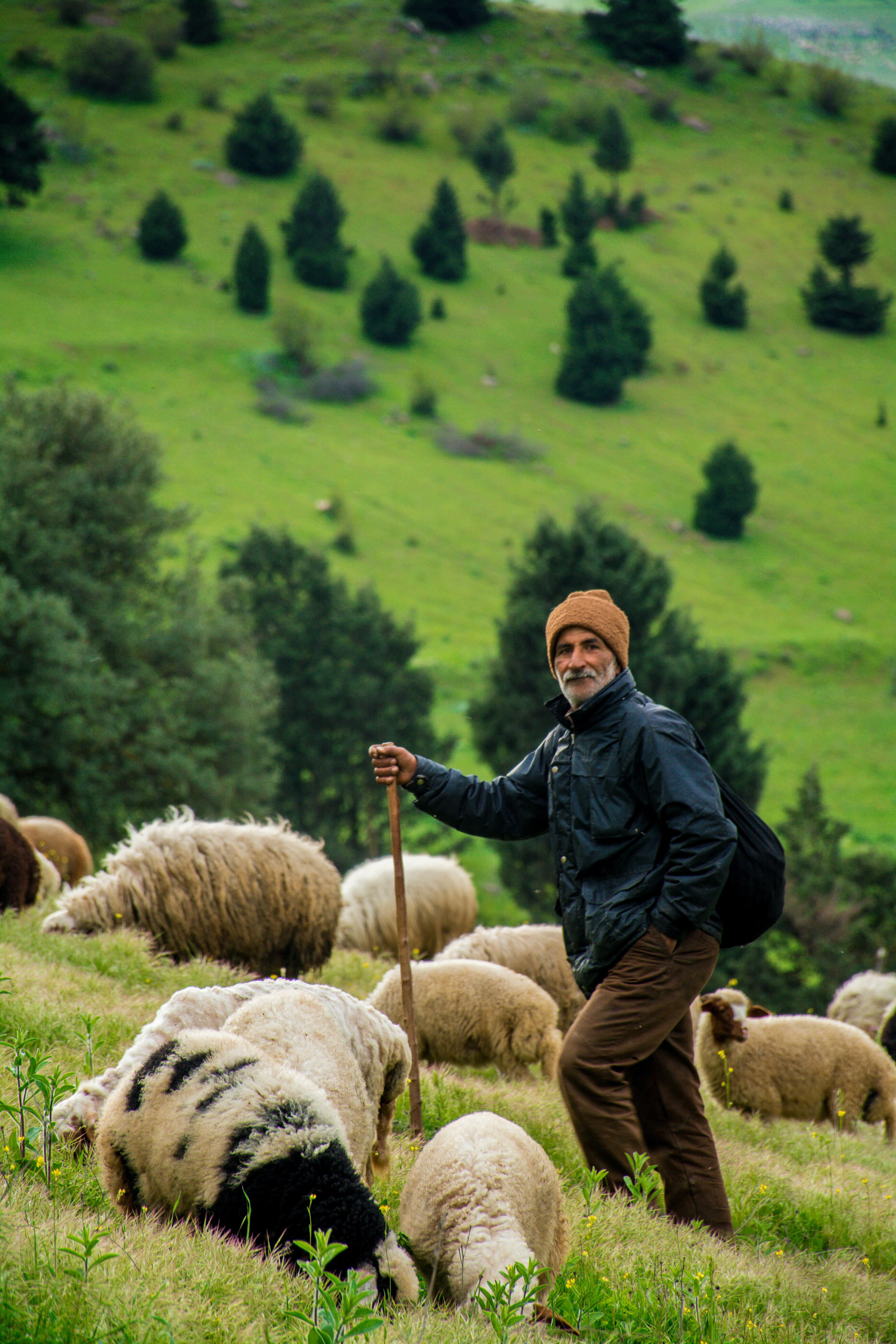
Agro-Pastoral Nomads
Often combining small scale farming with larger scale animal herding these nomads are sometimes hard to distinguish from traditionally settled farmers
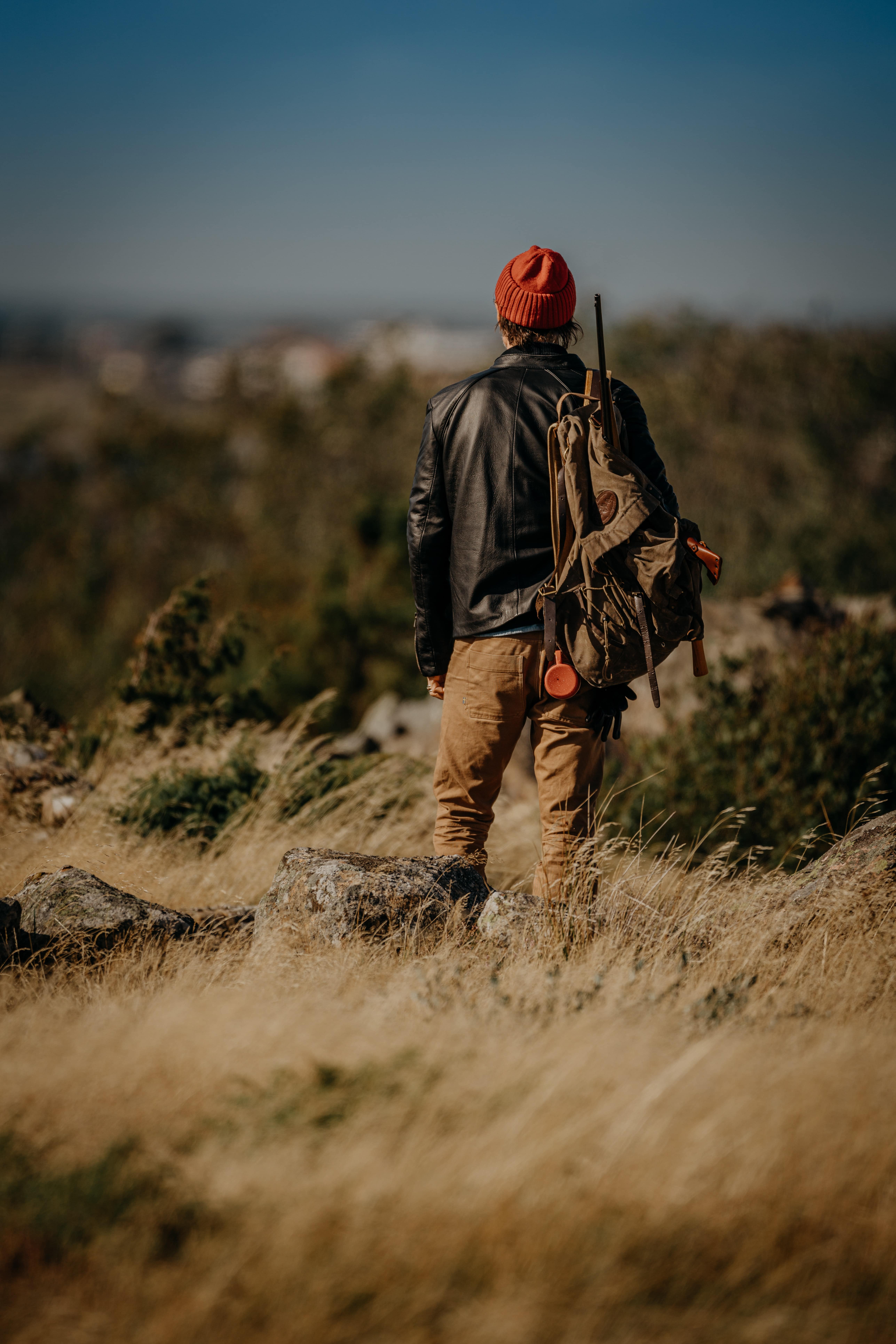
Hunter & Collector Nomads
Even this is not necessarily what you might have guessed. In Africa and Asia some traditional Hunter-Gatherers are among the wealthiest and most educated peoples of the world!
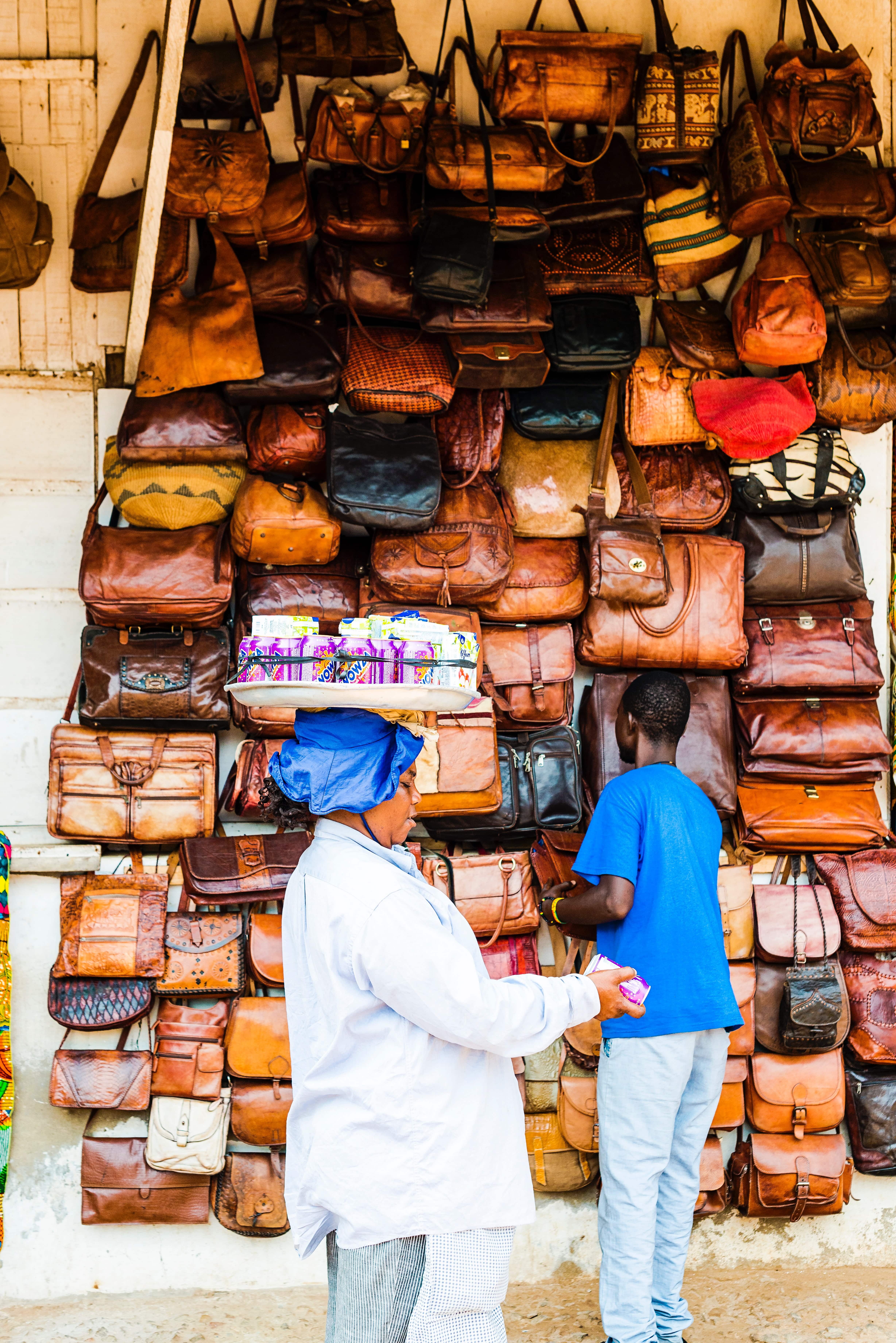
Service & Trade Nomads
Paving roads, working with metal, leather and other crafts, collecting, buying and selling, or any number of other services, these nomads are often urban and thrive in cities around the world, maybe even yours!

